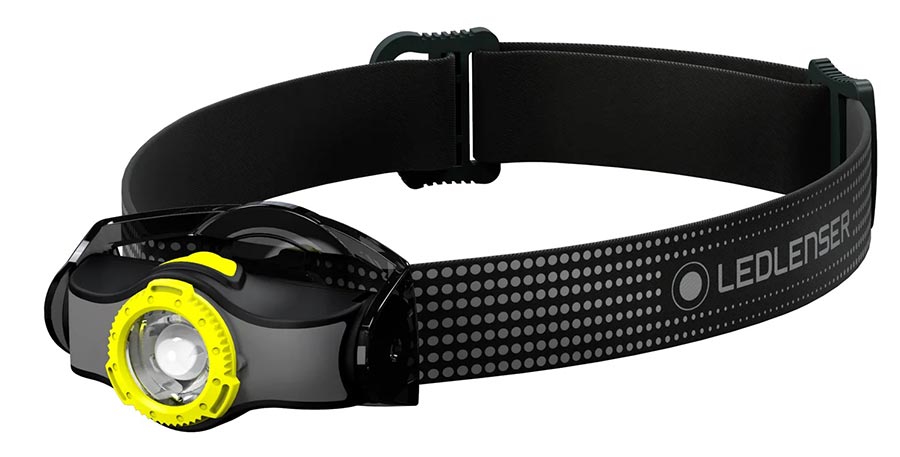Often, tourists, when making a list of equipment for a hike, completely forget about a flashlight. This is a big mistake, because a flashlight is an essential thing on a hike.
In the mountains and forests, you will not find artificial lighting, and the stars and the moon are not the brightest sources of light. The same can be said about the fire – it is worth moving away from it for a few meters, and nothing is visible.
When you need to find something in the tent late at night, light your way when going to the toilet at night and not go by feel if the daytime transition suddenly drags on until late, a flashlight saves you. And, of course, a flashlight is something that you can’t do without on caving tours.
In this article, you will find some tips for choosing the right flashlight for hiking.
Camping flashlight
The best option is a headlamp: when using it, you do not have to carry anything extra in your hands. Hiking headlamps are diode, and choose the number of diodes depending on how bright the light you need. In most cases, a camping flashlight is enough for a hike, illuminating what is under your feet, and a more powerful one is useless in ordinary hiking tours. Don’t forget to bring a set of spare batteries with you.
There are also solar-powered lanterns – they come with a small solar panel. These flashlights can be used not only for their intended purpose, but also for recharging mobile phones, GPS navigators, etc.
For cavers, it is recommended to choose a flashlight with a single-crystal diode. Its price is higher than the usual one, but in its strong and even beam of light you can see all the sights of the caves.
So, a lantern for a hike should be:
- Forehead (or with the possibility of attaching to clothing / headgear);
- Diode.
- Prices for camping lights range from several hundred to several thousand rubles and depend on power, duration of operation on a single battery, attachment system, waterproof and low temperature resistance properties, as well as additional functions.
Criteria for choosing a flashlight model
- Tightness is one of the main requirements for a lantern. The weather is an unpredictable thing and the most banal downpour can catch you almost anywhere.
- Durability – it should be understood that thin plastic will instantly break when dropped on stones or pressure on it. Turn your attention to light and durable flashlights with a body made of aluminum alloys.
- Lightness – in any hike you your equipment should be minimal.
- Efficiency – you should pay attention to the lights with power adjustment to save battery power. You will not always need the maximum power of the flashlight. It will also be nice if the flashlight has the ability to charge via USB. In case of a long trip, it is easier to take a power bank or a solar panel with you than to carry a supply of batteries with you.
- Interchangeability of components – this is especially important if you are going in a group. You must have the same, interchangeable batteries so that you can, for example, borrow batteries from a friend.

Which flashlight is not suitable for a hike
The answer to this question is easy: a flashlight should not be taken on a hike if it does not meet the two requirements described above.
A handheld flashlight is not suitable for hiking, as it takes up the hand. If you have to climb somewhere, you will not be able to use your hand as a fulcrum, as it will be occupied by a flashlight – this is inconvenient and sometimes even unsafe. If you have to search for something in your backpack or do the dishes after dinner, it will be extremely inconvenient with a handheld flashlight. Of course, you can somehow fix it, for example, under the arm or in the teeth, but, you see, this is not the most comfortable way.
There is no need to take a horse race with you – a miner’s lighting device. Although it is attached to a headdress, it is completely unsuitable for a hike, as it weighs a lot and also requires constant recharging, which cannot be provided during a hike.


















